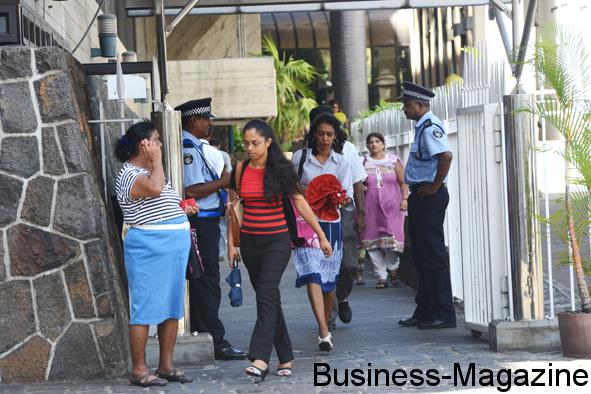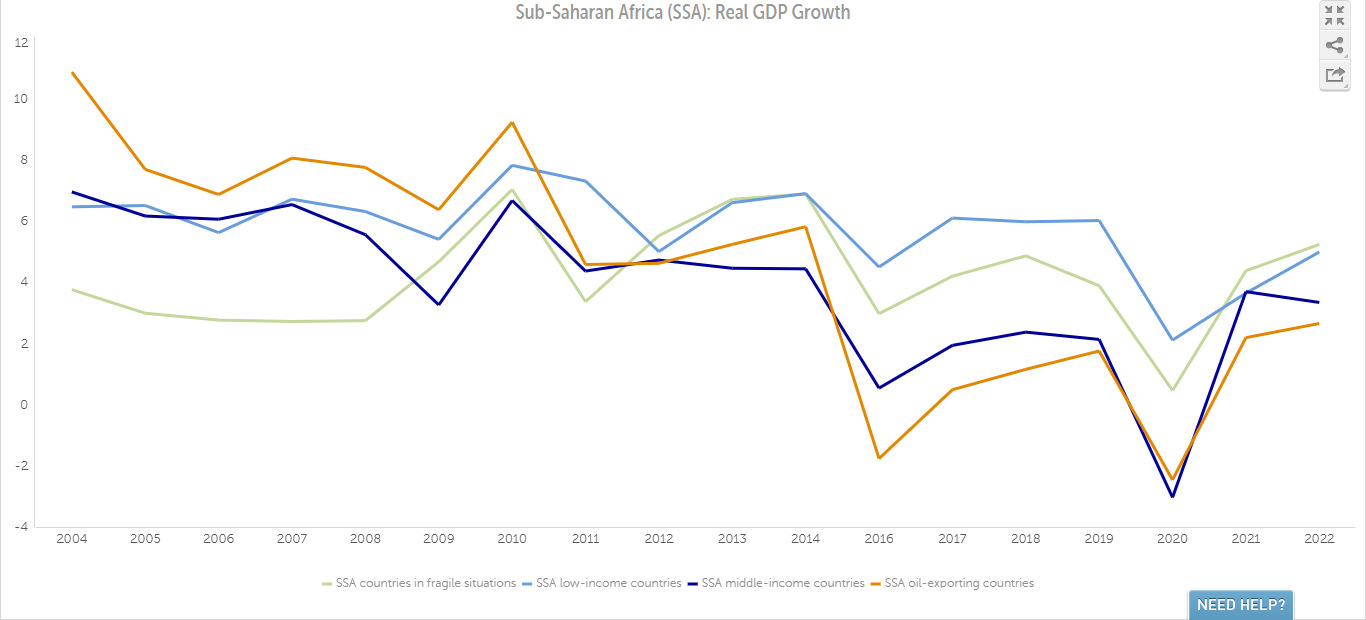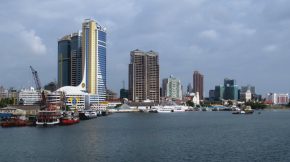Parastatal Bodies: Struggling towards efficiency
Share

Widely regarded as the black sheep of the government, parastatal bodies are now on the verge of revamping their image and embracing efficiency par excellence through reforms under the supervision of the Office of Public Sector Governance.
Parastatal bodies, also known as State-Owned Enterprises (SOEs), can broadly be defined as legal entities created by government to undertake commercial activities on its behalf. Many render essential services and have a social responsibility. To date, there are around 150 parastatals in Mauritius, out from which approximately fifty account for the provision of core services such as water and electricity supply or internet connectivity.
According to the Director Ge-neral of the Mauritius Revenue Authority, Sudhamo Lal, it is a known fact that it is difficult for parastatal bodies to always charge the full cost of their services to the public and hence profitability is not their main performance measure. Several of these entities have faced criticism from the public and have had to bear the brunt of the Director of the Audit for their lack of efficiency in their modus operandi.
As a result, the Office of Public Sector Governance (OPSG) was set up in 2010 by the Government to rid the public service of inefficiencies, wastage and questionable and archaic management practices. “It was a long due positive response to the repeated adverse criticisms of the Director of Audit on the management and operations of public sector organisations,” points out the Director of the OPSG, Geeanduth Gopee.
The primary role of the OPSG, formerly known as the Management Audit Bureau, is to act as a management consultant for the public sector. Since the past two years, it has however intensified its efforts on the reform of SOEs in order to keep them in pace with international practices and improve the delivery of public services.
One of the vital steps in the process has been the implementation of the Parastatal Information Management System (PIMS) in 2012. This web-based online system captures financial and non-financial information on parastatal bodies and concerns around 50 parastatal bodies. Previously, there was no central focal point for collecting and analysing data on performance of parastatal and no regularly updated information system providing a complete picture of the sector.
The PIMS revolution
The PIMS is meant to be the central database of the parastatal sector from which various reports would be generated and could assist in the monitoring of parastatals’ performance. “It is expected that when the PIMS will become full-fledged in a couple of years, we will be having all the information we require to be able to sort out the most performing, the less performing and the underperforming SOEs. This includes comprehensive financial and non-financial information and evaluation,” highlights Geeanduth Gopee...
Read more in Business Magazine

















